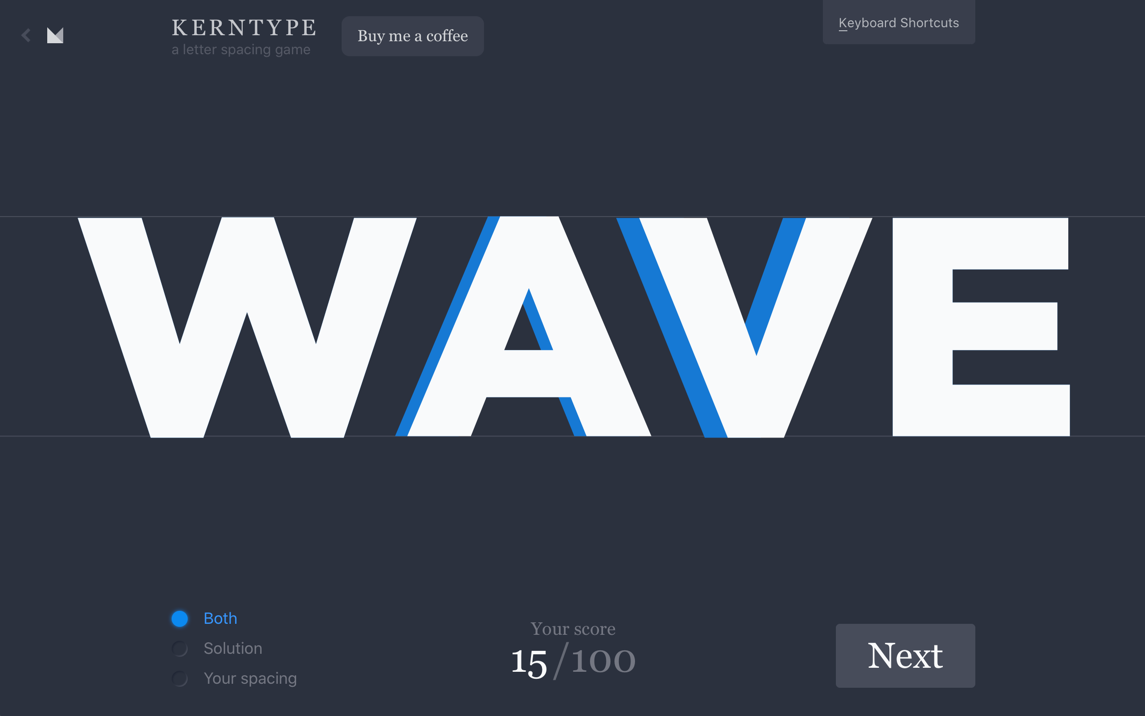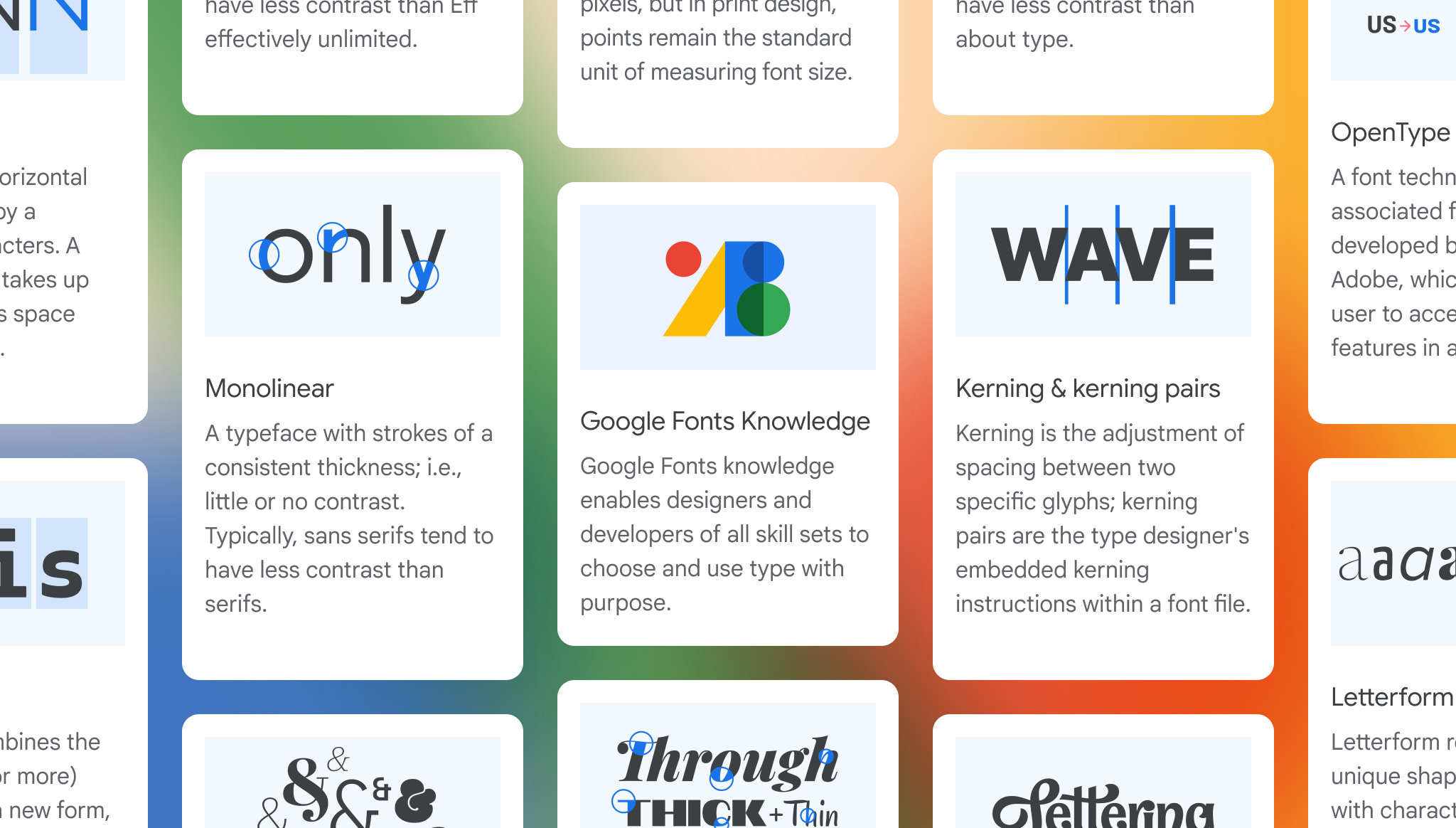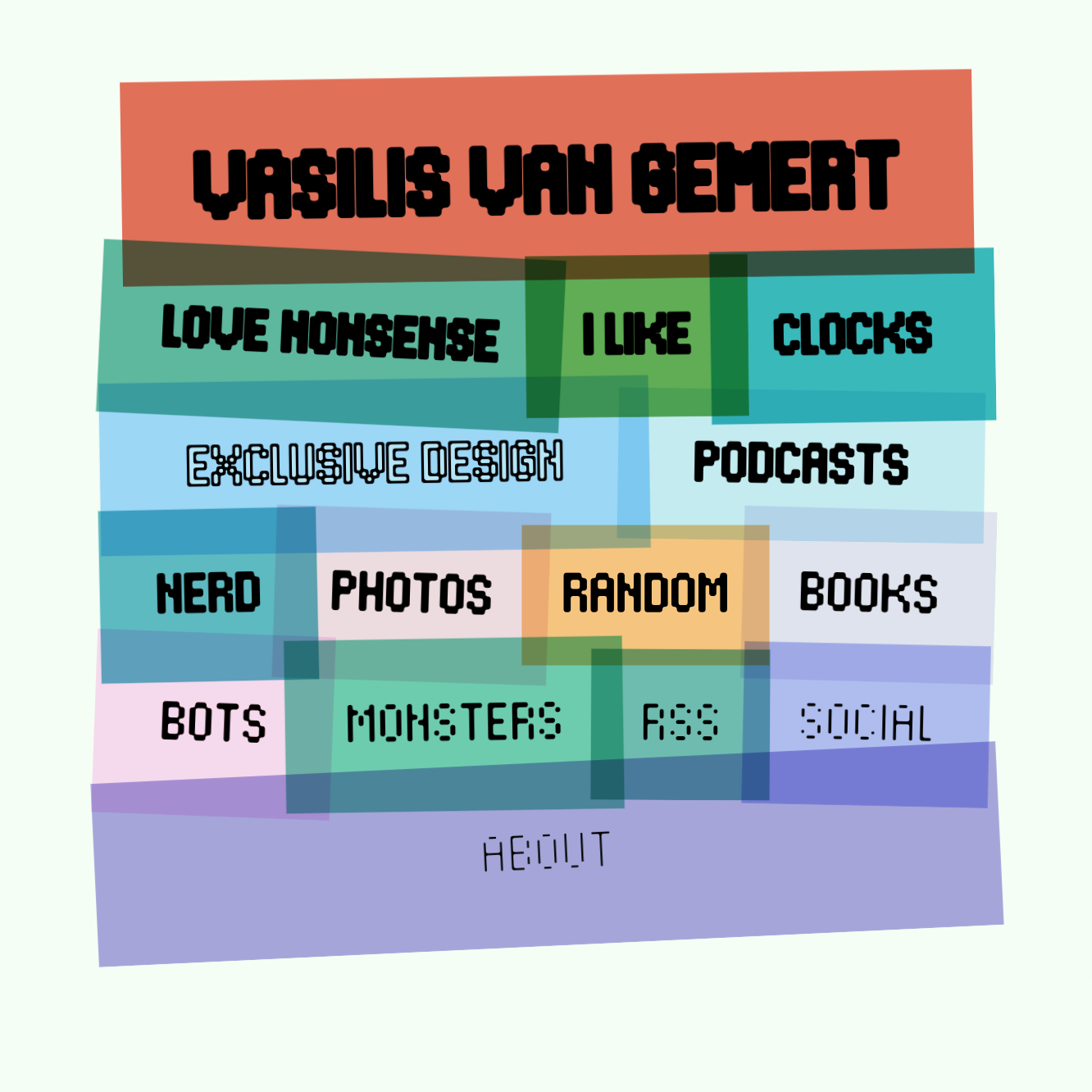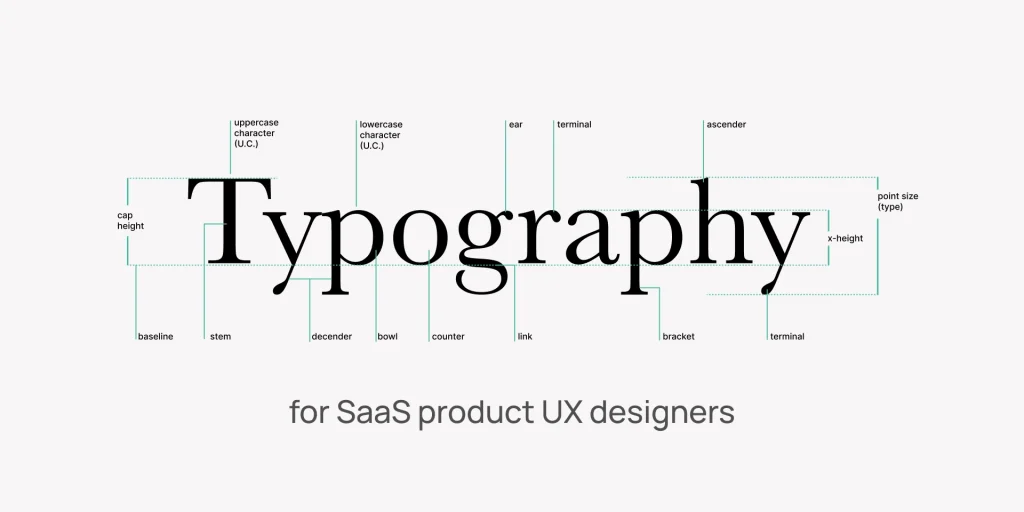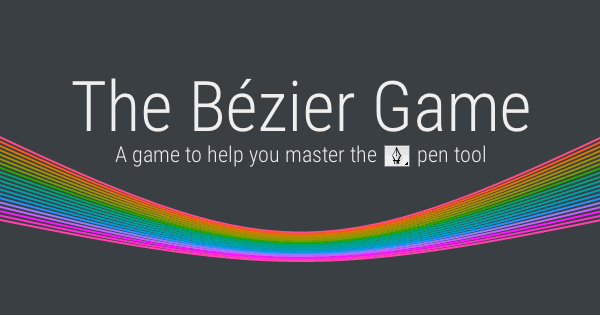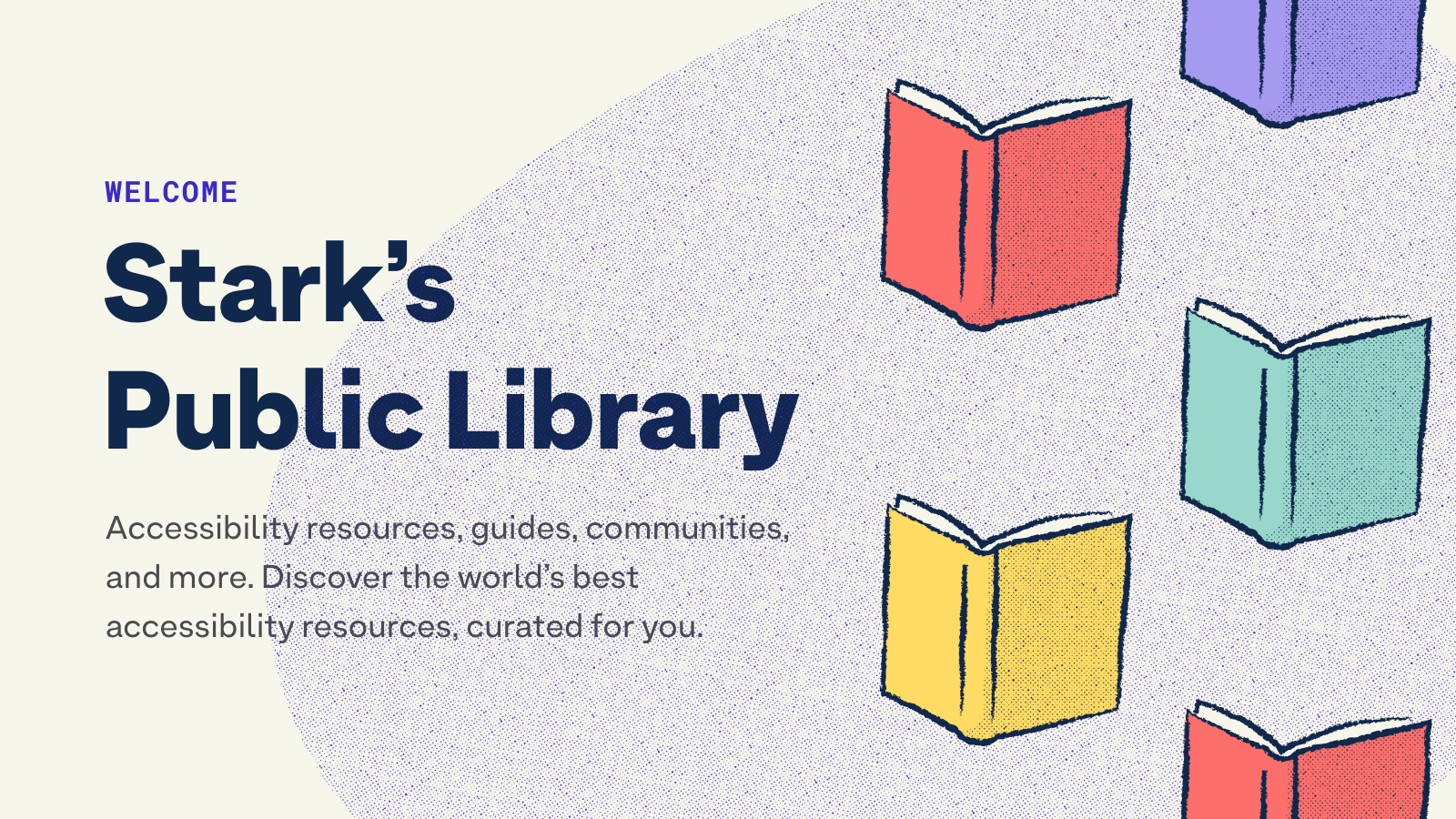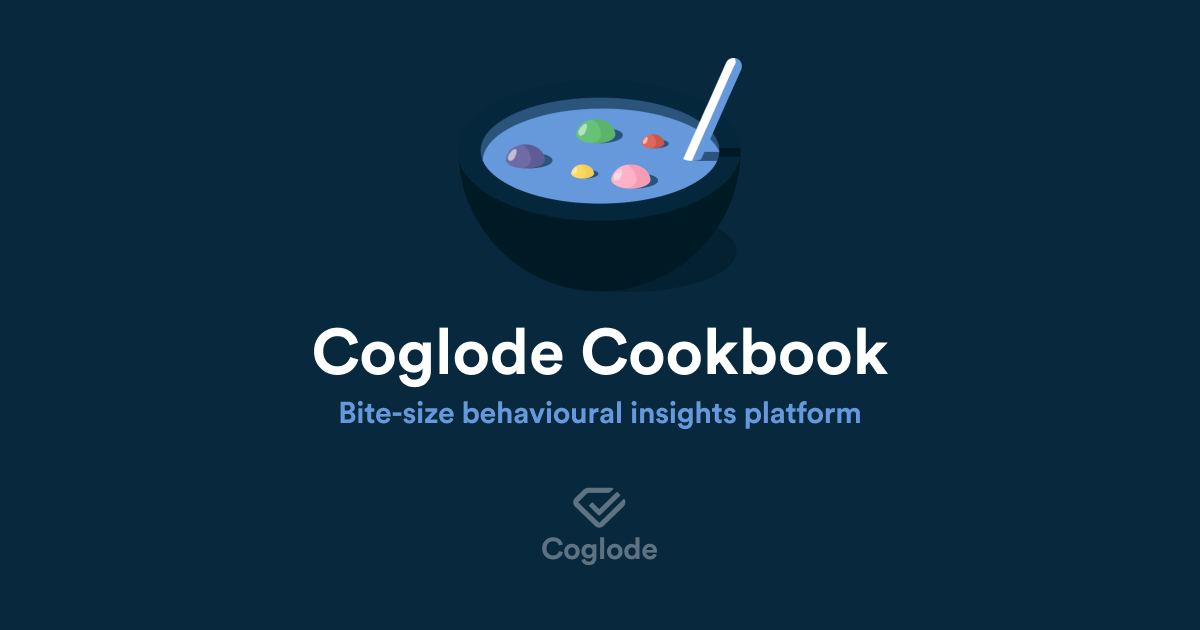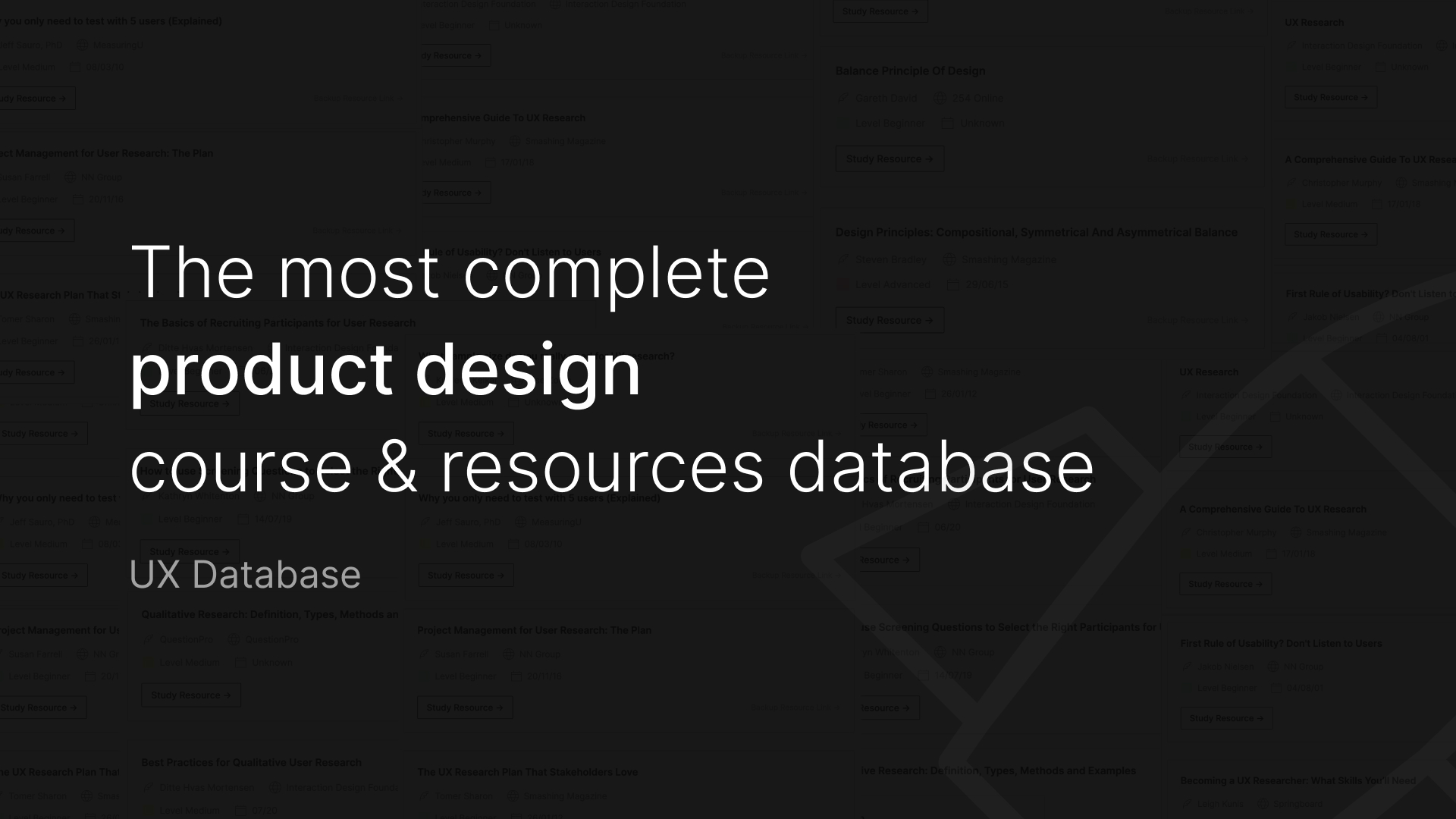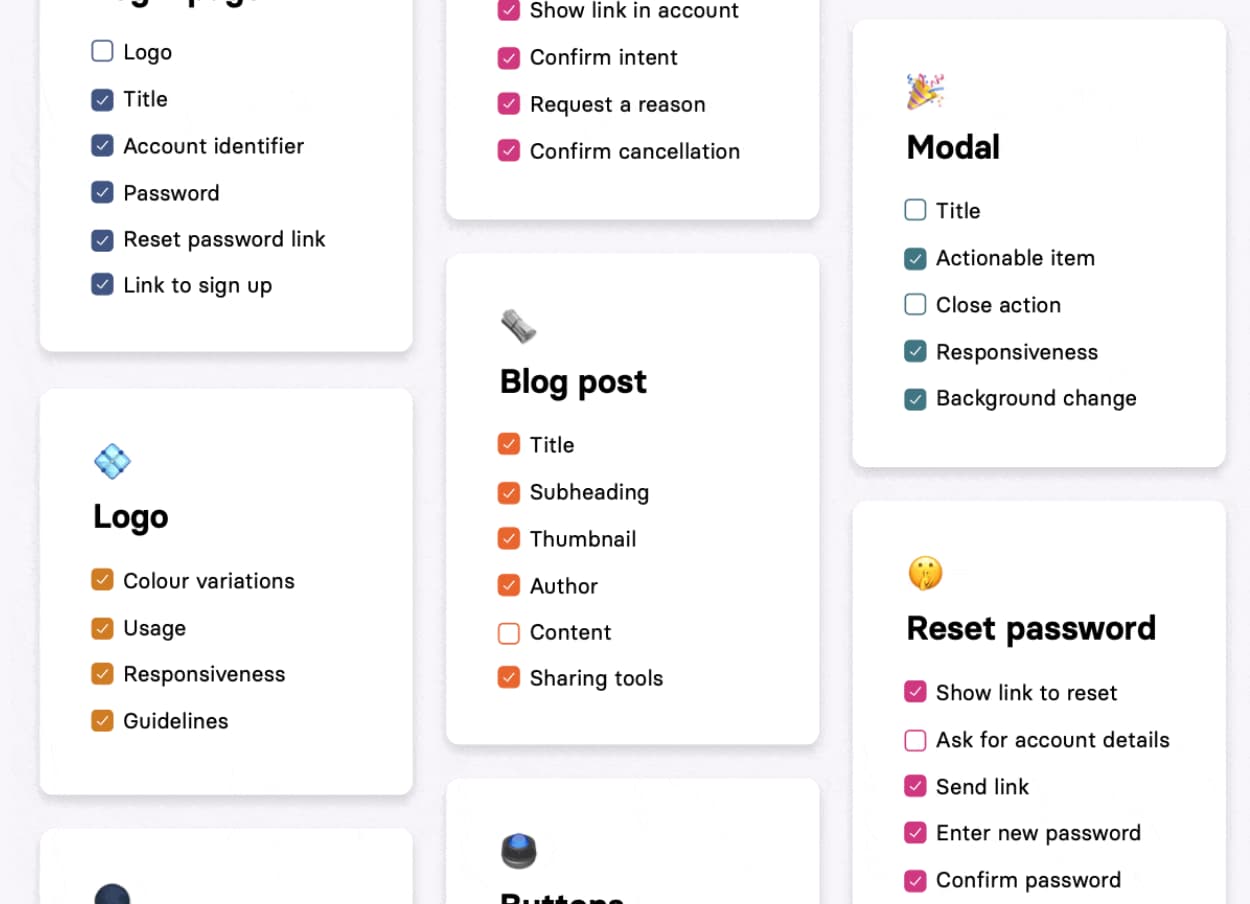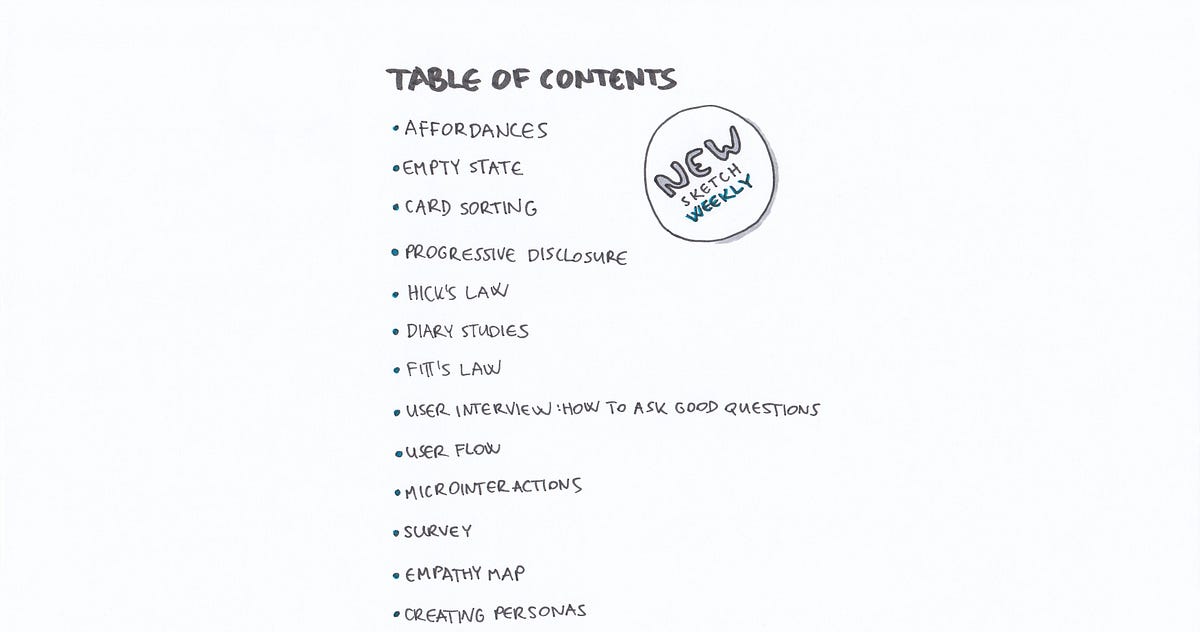A curated resource list to kickstart your SaaS Product Design career.
“Design is the intermediary between information and understanding.”
– Hans Hofmann
A curated resource list to kickstart your design career
If you ask me, becoming a great designer doesn’t happen overnight, just because you took a course or attended a boot camp for a few weekends.
I wish it were that easy — really, I do. But no, you have to keep at it.
You’ve got to be resourceful. Relentlessly curious. Maybe even a bit obsessive.
When I started hoarding — in a good way, I swear — every resource I stumbled across that felt useful. Articles, books, and random links people dropped in group chats.
Anything that could help me connect the dots a bit faster. And honestly? I still do this.
I keep collecting and bookmarking things that might help you, too, so maybe you don’t have to dig so hard on your own.
Before You Go…
If you’re looking for real-world design inspiration — not just Dribbble shots or pixel-perfect mockups — take a moment to check out UIUXshowcase.com.

It’s a curated library of thoughtfully crafted UX and UI work from designers around the world.
Feel free to explore it, contribute if you’ve got something to share, or wander through and get inspired.
Start with the Basics
You can’t skip the beginning, can you? The foundations stick with you, whether you like it or not. So get friendly with type.
Wrestle the pen tool until it makes sense. Play with color — break it, fix it.
Read about where design came from.
Understand why specific shapes feel right while others don’t.
Here’s a small stash to get you rolling:
Design Foundations
Theory & Principles
- Principles.Design — good reminders.
- Dieter Ram’s 10 Principles — classics, for a reason.
- Lessons of Design — take notes.
- Microsoft Inclusive Design — designing for real people.
- Design for Friction — not everything should be easy.
- Designing for Tomorrow — stay relevant.
- Humane by Design — worth thinking about.
History
- AIGA Design History Resources
- Design History Society
- Design History: Key Moments
- Helvetica Documentary — watch it at least once.
Books for the Basics

The Ultimate UI UX Handbook — Prince Pal
Unleashing Success in Design Careers and Aspiring Product Creators.

Thinking With Type — Ellen Lupton
An absolute must if you want to understand how type really works (and why it matters so much).

Graphic Design: The New Basics — Ellen Lupton
Same author, more fundamentals. Shapes, color, grids — all the stuff you shouldn’t gloss over.
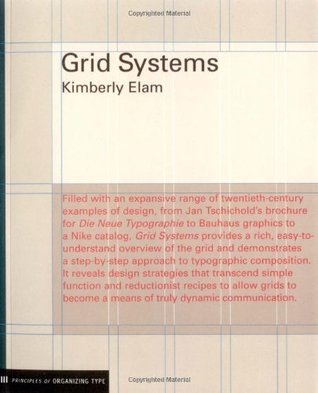
Grid Systems — Kimberly Elam
If you’ve ever wondered why some layouts feel right, this will help you see the invisible lines.

Thoughts on Design — Paul Rand
Short, classic, and still hits home. Rand knew what he was doing.
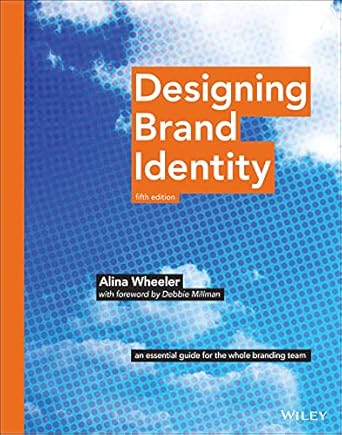
Designing Brand Identity — Alina Wheeler
More than just logos — this one’s about the bigger picture of how brands come alive.

Graphic Design Thinking — Ellen Lupton
Ideas, processes, and practical ways to think like a designer. And maybe act like one too.
Starting UX
Alright — by now, you’ve (hopefully) got a decent handle on the basics. Don’t worry if it still feels messy — it always does.
You’ll keep learning as you go. But let’s switch gears a bit and step into the UX side of things.
If there’s one thing you need to wrap your head around (and keep sharpening), it’s process.
Seriously — tools come and go, trends fizzle out, shiny new frameworks appear every other week… but process?
That’s what makes you valuable. That’s what makes your work work.
So keep your product thinking sharp — but make process your real superpower.
UX Foundations

Laws of UX — Key principles and psychological truths behind what makes a user interface feel “right.”
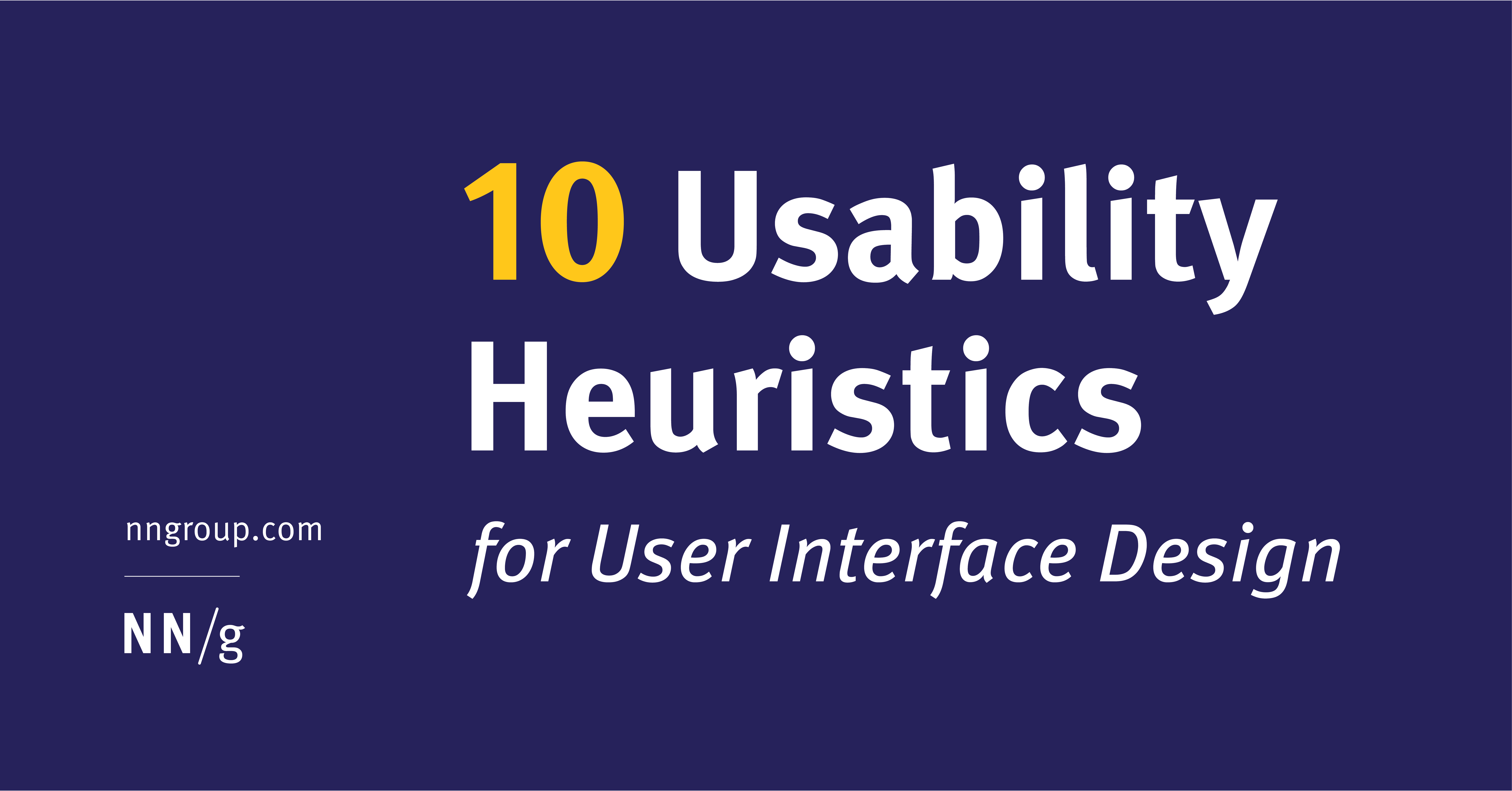
Usability Heuristics — 10 simple rules that fix 90% of messes.
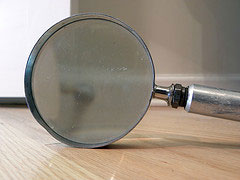
Cognitive Walkthrough — walk through it like a user, not you.
Gestalt Principles in UI — why your brain loves order.
Behavioral Economics 101 — we’re not always logical.
Stark Accessibility Library — design for everyone.
NN/g — Nielsen Norman Group — old-school gold.
UncoverUX Metrics Directory — measure what matters.
Design Process
- IDEO Design Kit — hands-on, human-centered.
- Design Sprints vs. Agile — know when to sprint, when to run a marathon.
- GV Design Sprints — the OG sprint method.
- Guide to Product Design — big-picture stuff.
- Learning to Love Design Thinking — it’s more than sticky notes.
- Product Thinking — see the forest, not just the trees.
Research
- UX Research Field Guide — where to start.
- Research Incentive Calculator — so people show up.
- Guide to UXR — tips from the trenches.
- Survey Methods — good questions matter.
- DScout — People Nerds — people, not just users.
Deliverables
- UX Checklist — don’t forget the basics.
- Complete List of Deliverables — cover your bases.
- Storyboarding 101 — tell it like a story.
- Interaction Flows — so people don’t get lost.
UI & Design Systems
- Typescale — keep your text tidy.
- Shaper — shapes, grids, order.
- Optical Effects in UI — subtle details, big difference.
- Material Design Guidelines — Google’s playbook.
- Designsystems.com — inspiration for your own.
- Human Interface Guidelines — Apple’s rules.
- Awesome Design Systems — a whole bunch to explore.
- Everything Framer — for shiny interactive stuff.
UI/UX Design Tips & Tricks Resources
Great UX isn’t just about clean layouts — it’s about designing with real people in mind. These resources will help you better understand user behavior, avoid common mistakes, and make more thoughtful, human-centered decisions.
UX Nuggets – Bite-sized behavioral research and insights to guide smarter product decisions.
The UX Cookbook – Think of it as UX recipes — practical, easy-to-follow steps for everything from research to wireframes.
UX Myths – A list of common misconceptions in UX design — and why they don’t actually hold up.
UX Psychology Glossary – 50+ psychological biases and design principles that influence user behavior.
Deceptive Patterns – A guide to identifying and avoiding dark UX practices that mislead users.
UX Hints – Handy UX cheat sheets and hints for quick guidance on product decisions.
Growth Design – Level up your UX and product thinking through fun, story-based lessons.
User Experience Database – A growing directory of UX resources, methods, and tools all in one place.
UX Checklists for Interface Designers – Structured, thoughtful checklists to help you catch what you might’ve missed.
Laws of UX Chart – A visual summary of top UX laws used by experts across the globe.
UX Knowledge Base Sketch Collection – Hand-drawn UX sketches to help you visualize complex design ideas fast.
SaaS Product UX Design Resources
UX is more than wireframes and usability — it’s about understanding people, solving real problems, and designing with purpose. These resources cover strategy, psychology, methods, and mindsets to help you grow as a thoughtful, well-rounded designer.
- UX/UI Product Design Roadmap – A visual guide to the key topics and skills every modern product designer should explore.
- NN/g’s Psychology for UX Study Guide – Learn how human behavior and psychology connect to UX decisions.
- UX Strategies to Maximise User Engagement – Behavioral design frameworks to build engaging — not manipulative — product experiences.
- Heuristic Evaluation Workbook – A hands-on tool to help you spot usability issues systematically.
- Design Principles – An open-source library of principles and methods that guide effective design.
- UX Survival Guide – Learn how to show your impact and grow your career beyond just making things look good.
- 52 Weeks of UX – A year-long collection of short reads on what it really means to design for people.
- Product Design Methods Mind Map – An apparent visual reference for when to use specific UX or product design methods.
- NN/g’s UX Strategy Study Guide – Articles and videos to help you build a strong UX vision and align with business strategy.
- UX Project Checklist – A practical list to make sure nothing slips through the cracks in your next UX project.
- NN/g’s UX Study Guides – Comprehensive guides on various UX topics, curated by trusted experts.
- 50 Cognitive Biases in the Modern World – A visual overview of common user biases that influence behavior and decision-making.
- UX Design Roadmap – A self-guided reading list to help you grow across all areas of UX.
- Encyclopedia of Human-Computer Interaction – Free textbook content from world-class UX professionals.
- UX Methods and Deliverables – A detailed look at what UX designers create throughout the product design process.
- NN/g’s Free UX Templates and Guides – Time-saving templates and frameworks to help move your work forward faster.
Font & Typography Resources
Fonts do more than carry text — they set the tone. Whether you’re looking for clean UI typefaces, font pairings, or learning the anatomy of type, these resources will help you make better, smarter choices in your design work.
- Typewolf – Find perfect font pairings, see real-world examples, and explore curated font recommendations.
- Fonts Ninja – Discover beautiful fonts, preview them in your designs, and build your font collection.
- Free Faces – A thoughtfully curated gallery of freely licensed typefaces across the web.
- Font Brief – Search for fonts based on personality traits — from elegant to bold.
- Google Fonts Pairings – Pre-paired fonts from Google’s library to make your design decisions more straightforward.
- Fonts in the Wild – Quickly explore both free and premium fonts used in real design projects.
- Fontsource – Self-host open-source fonts via NPM — great for developers.
- Google Fonts Knowledge Base – Learn how to make the most of web typography, straight from Google.
- Fonts in Use – A living archive of typography examples from branding to editorial design.
- Uncut – A fresh, free catalog of contemporary typefaces.
- Awwwards Free Fonts – A solid selection of stylish free fonts for web projects.
- Anatomy of Typography – A beautifully designed poster to help you understand the building blocks of type.
- Butterick’s Practical Typography – An online book full of no-nonsense advice on how to use type well.
- Type Design Resources – From learning type design to starting your foundry — it’s all here.
- Fontshare – Free, high-quality fonts by Indian Type Foundry, made accessible to all.
- Friends of Type – Original type and lettering inspiration, updated regularly.
- A Checklist for Choosing Type – A step-by-step guide to help you pick the right typeface every time.
Accessibility Resources
Design isn’t perfect unless it works for everyone. These handpicked resources will help you build more inclusive, thoughtful, and accessible experiences—whether you’re just starting or fine-tuning your process.
- A Guide to Documenting Accessibility – Tips on how to communicate accessibility decisions clearly in your designs.
- Design Beyond Barriers – A fun, practical guide to designing for real-world scenarios (yes, even coffee + hamster situations).
- Accessibility for Designers – A well-organized collection of checklists, tools, and books to guide your design decisions.
- WCAG for Designers – A simplified look at the most critical WCAG criteria, tailored for design thinking.
- Microsoft Inclusive Design – A tried-and-tested framework for creating experiences that include, rather than exclude.
- The a11y Project – A friendly, community-led hub that makes digital accessibility more approachable.
- Accessibility Checklist – A clear, structured list based on WCAG 2.1 to help keep your work in check.
- Dos and Don’ts on Designing for Accessibility – Poster-style reminders that make it easy to get things right.
- Universal Design Guide – Open-source resources and facilitation tools to help you design for all.
- The Accessibility Cheatsheet – A quick-reference summary of the WCAG guidelines for when you’re in a pinch.
- Ethical Design Guide – For designers who care about the long-term impact of what they build.
- Learn Accessibility – A self-paced course and go-to reference to improve your accessibility knowledge.
Figma Resources
Whether you’re just starting out or deep into design systems, these Figma resources will help you move faster, stay consistent, and get more out of the tool.
- Learn Figma Variables – 50+ curated resources to help you master one of Figma’s most powerful new features.
- Figma 101 – A one-hour crash course with twelve fast-paced videos to get you up to speed.
- Excellent Figma Tips – A collection of small but mighty tips to speed up your workflow.
- Setting Up Typography Variables in Figma – A step-by-step walkthrough for building scalable type systems.
- Apple Figma Resources – Official design kits for Apple platforms, now available in Figma.
- Figma Checklists – Standards and reminders to help you polish your components like a pro.
- Getting Started with Figma – A beginner-friendly 1-hour UI design course to get you designing fast.
Icon Design Resources
Icons do more than decorate — they guide, communicate, and support usability. Whether you’re designing a whole system or just grabbing the perfect set, these resources have you covered.
Icon Design Guides & Inspiration
- How to Design Icons in Figma – A practical, in-depth guide to building beautiful, scalable icons in Figma.
- A Complete Guide to Iconography – Learn how to name, organize, and document icons inside your design system.
- The Essential Guide to Matching Icons with Typefaces – Tips for combining icons with fonts for a consistent visual style.
- iOS Icons Gallery – Explore beautifully designed app icons from the iOS App Store.
- Best Free Icon Sets for UI Design – A curated list of free, high-quality icon sets for clean, modern UI work.
Free & Open-Source Icon Sets
- Lucide Icons – A friendly open-source icon set with a sharp, minimal style.
- Feather Icons – Simple, clean, and built for modern interfaces.
- Phosphor Icons – Flexible icons with bold and duotone styles for any mood.
- Heroicons – By the makers of Tailwind — great for UI-heavy projects.
- Tabler Icons – Over 4000 crisp, MIT-licensed icons made for modern apps.
- Iconoir – Open-source icon library with a balanced, consistent stroke style.
- Remix Icons – A set of neutral-styled icons perfect for product interfaces.
- Ionicons – A wide set designed specifically for iOS and Android apps.
- Unicons – Free and premium icon sets for developers and designers alike.
- Streamline Core Line – Thousands of clean line icons, perfect for design systems.
- Eva Icons – Built for UI interfaces, with both outline and fill options.
- Boxicons – Lightweight icons built with consistency in mind.
- Radix Icons – Radix’s open-source icons for use in design systems and apps.
- Hugeicons – Bold, geometric icons built for attention and clarity.
- Atlas Icons – Sharp, SVG-based icons built for web and product UI.
- Sargam Icons – Culturally rich icons with strong readability.
- CSS.GG – Icon library built entirely with CSS — no SVG needed.
- Iconic – Sleek SVG icons for use across UI projects.
- Iconsax – Multi-style icon family designed for product consistency.
- Font-Based Icons via Fontsource – Install and manage icons via NPM.
- Ming Cute – A rounded icon set with a soft and fun vibe.
- Fluent Icons – Microsoft’s design language brought to icon form.
- Pqoqubbw Animated Icons – Lightweight animated icons ready to drop into your UI.
- Doodle Icons – Hand-drawn, playful icons for more expressive UI.
- Free Universal Icons – A vast, regularly updated selection of free SVG icons.
- Iconizer – Customize icons on the fly with color, size, and formats.
Design System Resources
Design systems help teams move fast and stay consistent. Whether you’re building your first or improving an existing one, these resources offer real-world examples, tools, and practical guides to get you there.
Collections & Inspiration
- Design Systems Repo – A curated archive of design systems, articles, tools, and talks.
- Component Gallery – A visual reference of interface components used by real products.
- Design Systems Index – A growing inventory of public design systems used across industries.
- Design Systems Database – Explore top systems, side-by-side.
- Best Design System Examples – Key takeaways from some of the best design systems out there.
- Design Systems for Figma – Learn how top teams build scalable systems inside Figma.
- Storybook Showcase – Thousands of frontend components from leading engineering teams.
- Design Systems – A dedicated publication by Figma covering systems thinking and implementation.
Tools, Checklists & Templates
- Design System Tools – Tools, frameworks, and everything you need to build your system.
- Design System Checklist – A practical checklist to guide your team from planning to rollout.
- Design System Roadmap – A step-by-step roadmap to help plan your system like a product.
- UI Guideline – A dense library of best practices for building consistent UIs.
- UI Playbook – Visual documentation and guidance for standard UI components.
- The Design System Guide – A beginner-friendly breakdown of what goes into a system.
- Design System in Figma – A complete walkthrough to build and maintain your system using Figma.
Learning & Strategy
- How to Build a Design System – A complete guide from color tokens to documentation.
- Your Introduction to Design Systems – A free course to get familiar with design system fundamentals.
- Design System Tactics – Bite-sized tips to help you maintain and scale your system.
- Figma Variables Guide – Understand Figma’s newest power feature in depth.
- Neurodiversity Design System – A system designed to support accessible learning experiences for everyone.
- Picking Parts, Products, and People – A thoughtful article on building design systems that scale with your team.
Books on UX
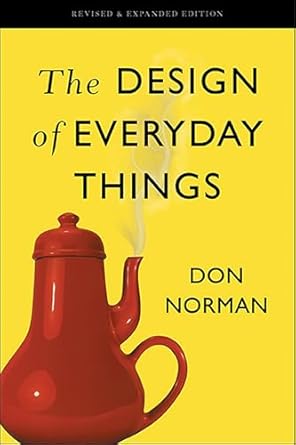
The Design of Everyday Things — Don Norman
An absolute classic. If you read just one UX book, make it this one. It’ll change how you see doors forever.
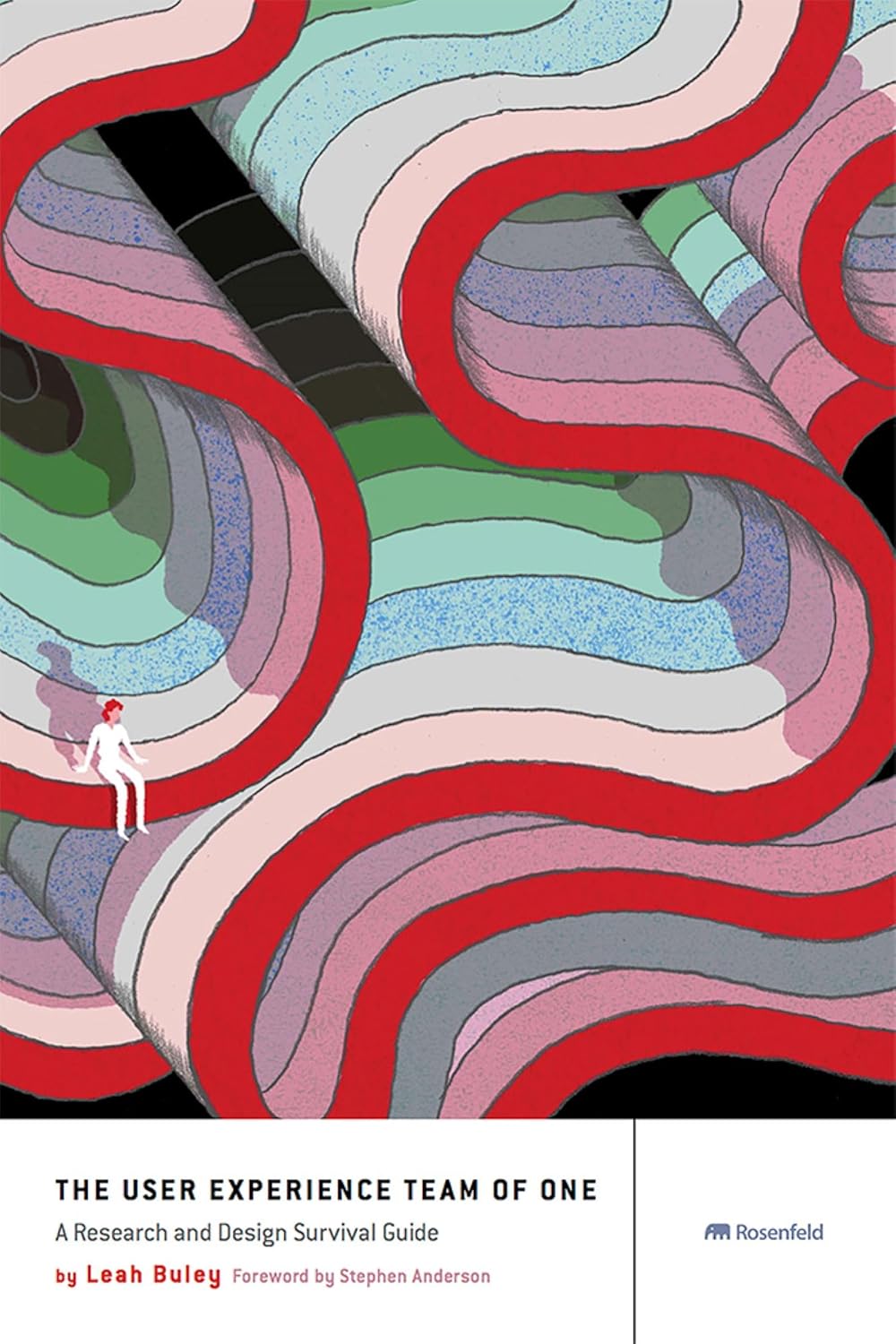
The User Experience Team of One — Leah Buley
Perfect if you’re, well, on your own. Practical, encouraging, and realistic.
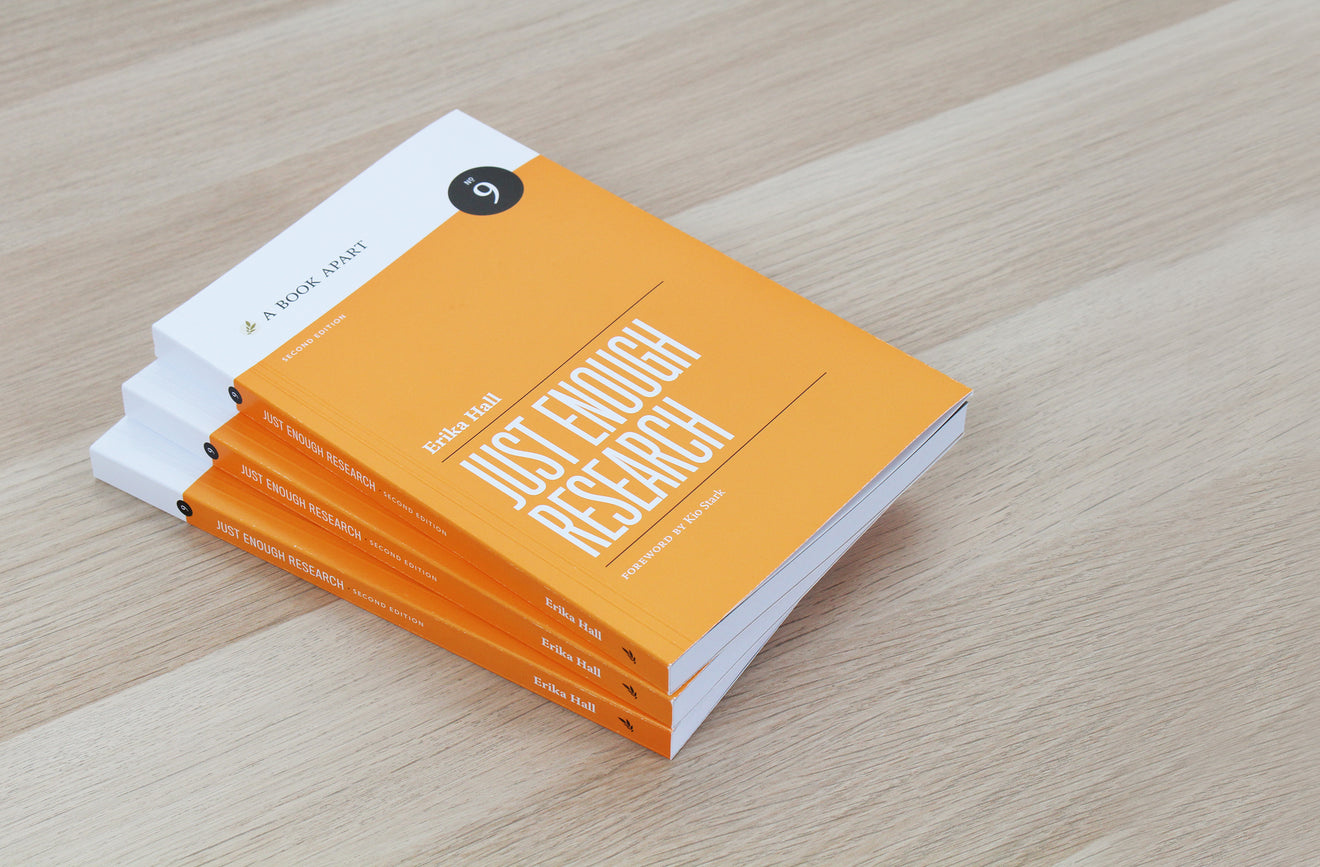
Just Enough Research — Erika Hall
Not too much, not too little — just enough to get it right (and not get overwhelmed).
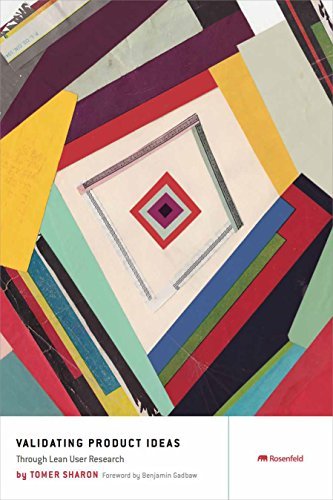
Validating Product Ideas — Tomer Sharon
Got an idea? Here’s how to find out if it’s worth anything before you burn months building it.
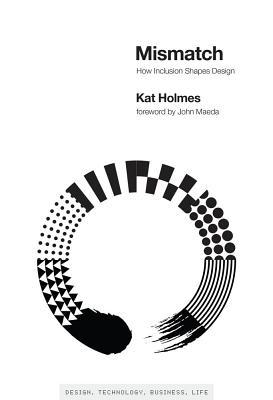
Mismatch — Kat Holmes
Why inclusive design matters — and how mismatched experiences affect real people.

Disability Visibility — Alice Wong
Powerful essays and stories — a must if you want to design for everyone, not just the average user.

Sprint — Jake Knapp
Run a design sprint like Google does it. Clear, energetic, and makes you want to gather a team and get moving.
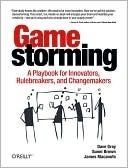
Gamestorming — Dave Gray, Sunni Brown, James Macanufo
Workshops, sticky notes, and clever ways to get ideas flowing. Suitable for groups, excellent for unblocking stuck brains.
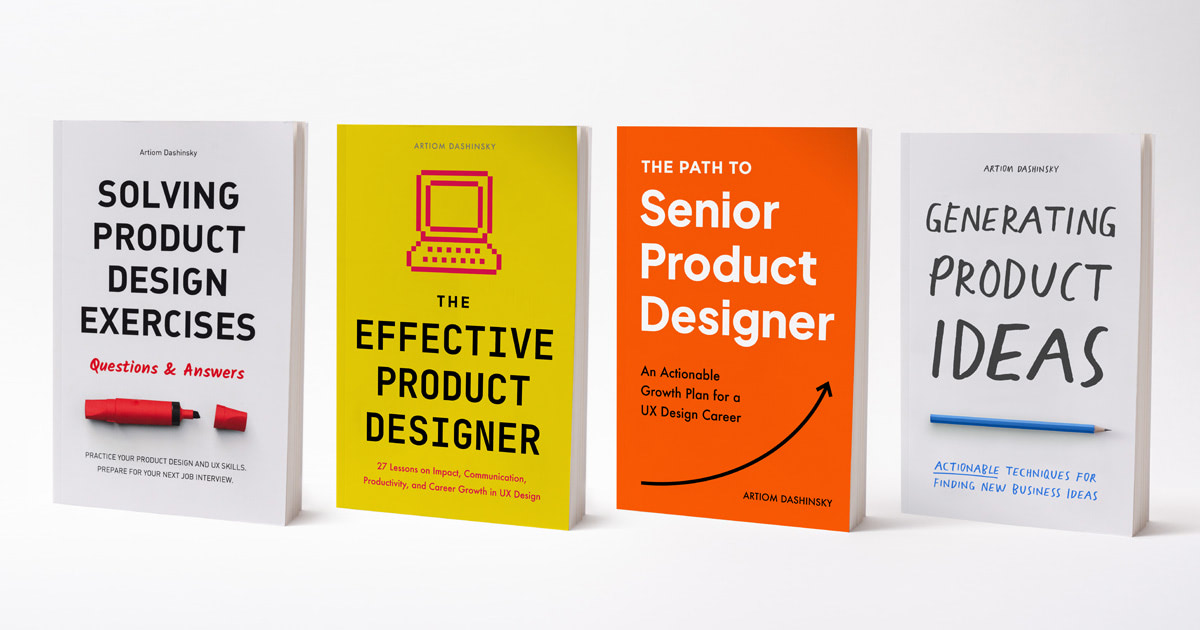
Solving Product Design Exercises
No author needed here — just hands-on practice for nailing those tricky interview challenges. Solid prep if you’re job hunting.

The Invincible Company — Alexander Osterwalder
Business models and strategy — the bigger picture stuff designers should peek at, too.

The Unknown Arts Library – 100 books handpicked by creatives to boost your imagination and thinking.

Monster List of UX Books – A solid list of must-read UX books, all community favorites.
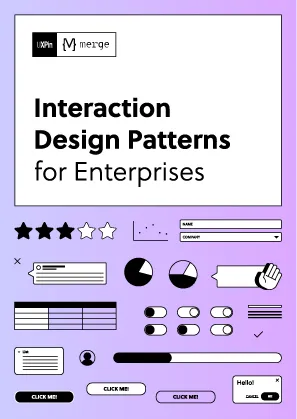
Free UX eBooks – Helpful eBooks from UXPin covering key topics like design systems and wireframing.
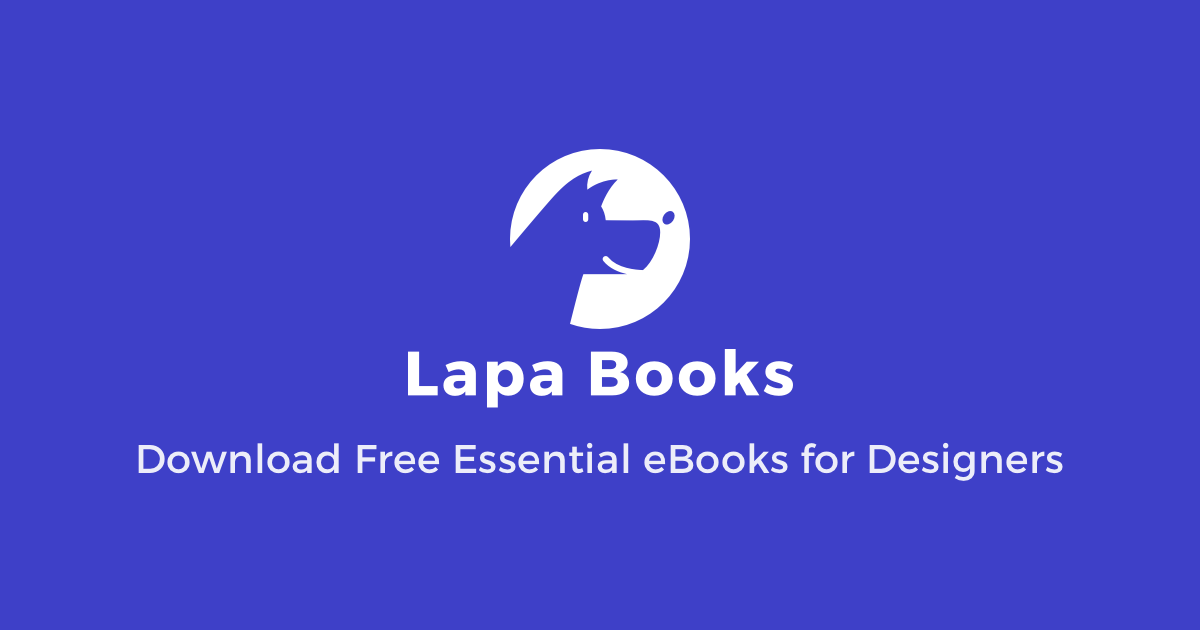
Lapa Books – A clean collection of the best free eBooks every designer should check out.
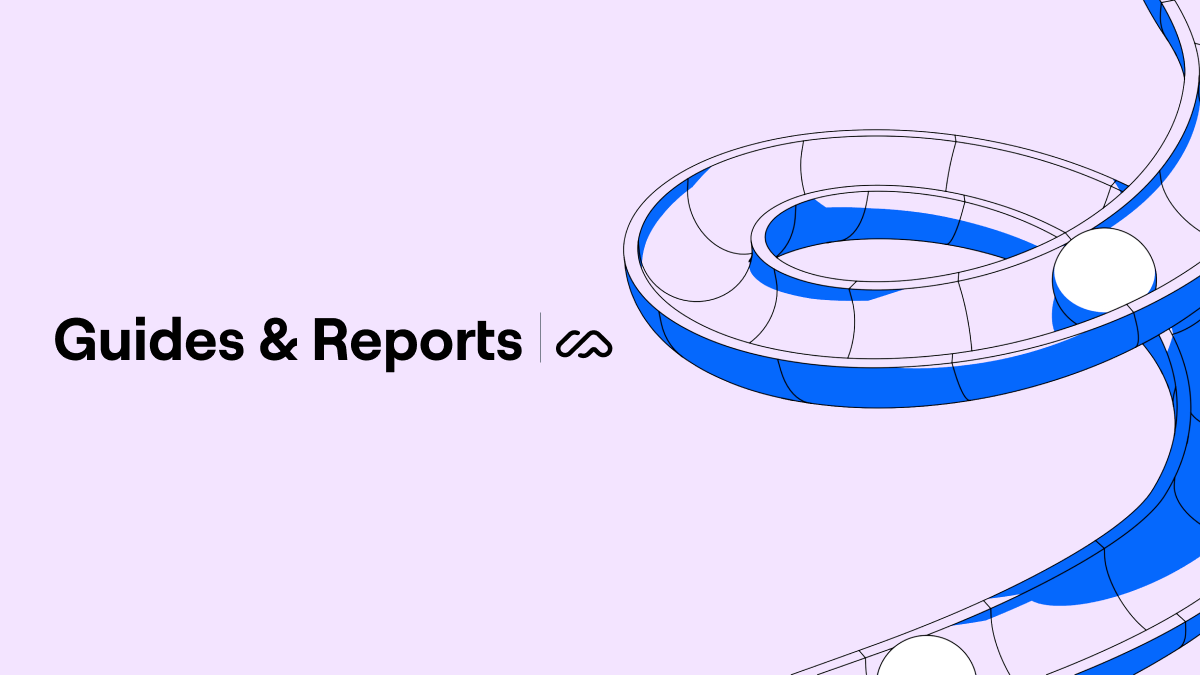
Design Guides – Research guides and industry insights curated by the team at Maze.
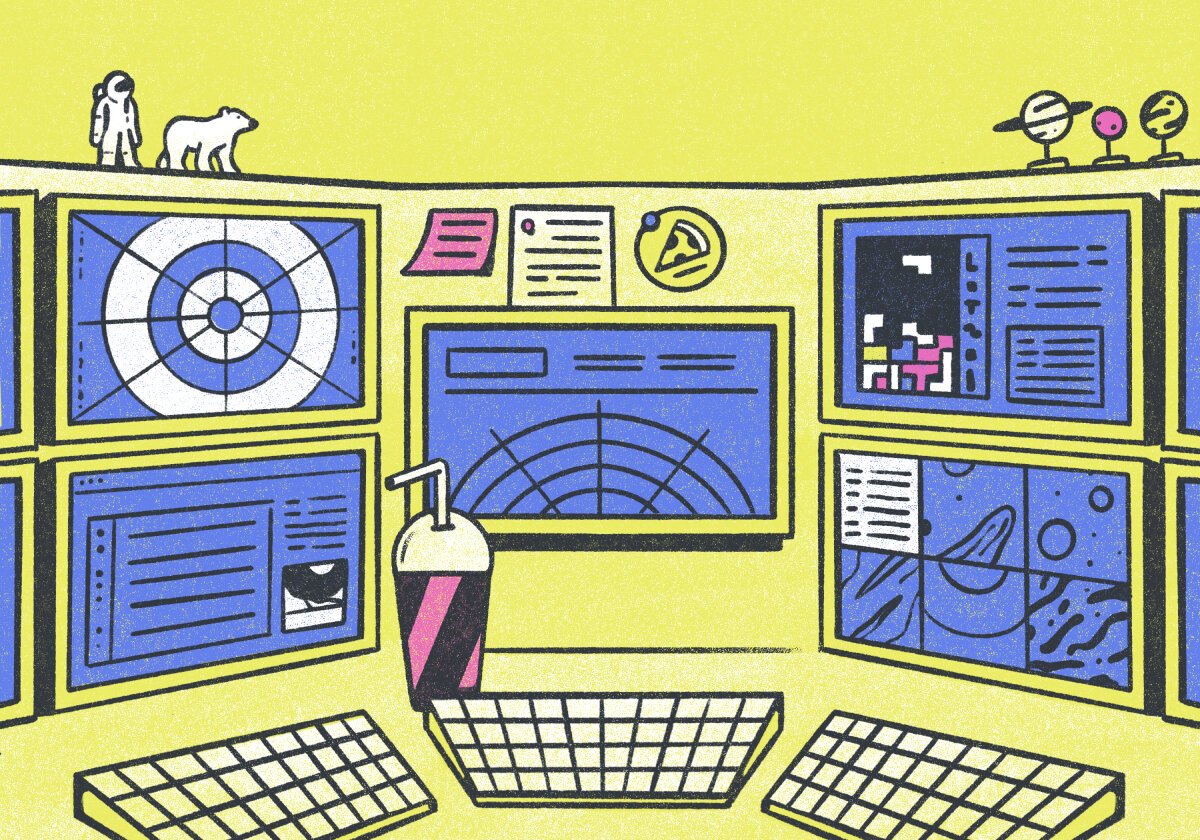
Giving a Damn About Accessibility – A no-nonsense, designer-friendly guide to building more inclusive products.
🎧 Design Podcasts to Learn on the Go
Whether you’re commuting, taking a break, or need creative fuel, these podcasts deliver intelligent, inspiring conversations from the world of UX, product, and design culture.
- Design Matters – The original design podcast. Deep, thoughtful conversations about creativity and culture.
- The User Experience Podcast – Quick, actionable UX insights you can use.
- Yo! – Lively chats with designers, developers, and creative builders carving their path.
- Design Details – Honest, biweekly convos about the craft and culture of design.
- Dive Club – A podcast and article series for designers who never stop learning.
- Full Stack Whatever – Real talk with technologists and creatives about the work behind the work.
- Beyond UX Design – Jeremy Miller shares what it takes to build great software experiences.
- Design Better – Conversations with the world’s top designers and creative leaders.
- The Futur Podcast – Where design, business, and brand thinking collide — and evolve.
Advanced Product Design UX UI Resources
So, you’ve tackled the basics, picked up the lingo, maybe even figured out which corner of design you want to camp out in for a bit. Now? Keep going. The best thing you can do is soak up good thinking from smart people. High-quality ideas in, better work out.
High-Quality Content
- Design Better — solid guides, deep dives, and practical tips from folks who know their stuff.
- Ask Playbook — innovative frameworks and real-world advice.
- Airbnb Design — one of the best behind-the-scenes looks at design at scale.
- Farnam Street — more about thinking clearly than design per se — but honestly, that’s half the battle.
- Design.Google — insights straight from the people shaping your favorite products.
- UXPin Free Ebooks — generous, free, and surprisingly good.
- UsabilityHub Blog — bite-sized testing and research nuggets.
- Alexa Haus — UX for voice — different rules, same game.
- Algorithms.Design — complex, but worth a peek.
- Voiceflow — if you’re curious about voice and conversation design.
- AI and The Future of UX — because this space is moving fast. Stay curious.
Brand Design Resources
Branding is more than just a good-looking logo — it’s how people feel when they think of you. These resources will help you build strong visual identities, craft consistent experiences, and tell stories that stick.
- Branding Resources Showcase – More Than a Logo—Stories, Systems, and the Thinking behind it all.
- Rebrand Gallery – A curated collection of brand transformation videos to spark your next significant refresh.
- Branded in Memory – A fun study on how well people remember famous logos.
- Deck Gallery – Explore presentation decks that blend strong branding with clean storytelling.
- Brand Guidelines – An extensive collection of real-world brand guidelines for reference.
- Logggos – A visual archive of creative logo designs from across the web.
- Activation Ideas – Tactics for launching brands, creating experiences, and driving engagement.
- Visual Journal – Fresh branding inspiration pulled from real creative projects.
- Logo System – A thoughtful library of logo systems used by top-tier brands.
Practice Makes Perfect
Sharpen your UX/UI skills with real prompts, design sprints, and challenge generators. Whether you’re building your portfolio or just trying to stay sharp, these resources make practice fun and practical.
Daily Design Challenges
- Daily UI – 100 bite-sized UI challenges delivered to your inbox daily.
- Daily UI/UX Design Challenges – Receive fresh prompts every day via email to improve your overall design skills.
- UX Design Challenges – A curated list of UX tasks designed to make you think like a real product designer.
Random Brief Generators
- Goodbrief – Randomly generated design briefs — great for warm-ups or full portfolio pieces.
- Fake Clients – Simulates real client briefs across design disciplines.
- Sprint Cards – Get randomized prompts to run your design sprint sessions.
- UI Coach – Random UI-focused design challenges to level up your visual design work.
Deep-Dive Exercises
- Product Design Exercises – A collection of 50 practical product design challenges.
Design Career Resources
Starting or growing a design career isn’t always straightforward. These resources share real stories, practical tools, and career advice to help you navigate interviews, portfolios, and everything in between.
- Lover’s Magazine – Honest, insightful interviews with top designers from around the world.
- The Interview Kit – A clear, step-by-step guide to help you prep for product design interviews.
- Workspaces XYZ – A peek inside the desks and creative setups of designers and makers.
- Playbook – A community-built collection of tools and advice to grow your design career.
- Navigating a Design Career – Lessons and milestones shared by seasoned designers.
📬 Design Newsletters Worth Subscribing To
Design evolves fast — these newsletters help you keep up. From Figma tips to product strategy to pure creative inspiration, there’s something here for every kind of designer.
- Lenny’s Newsletter – Weekly advice on product, growth, and career moves from someone who’s been there.
- UX Design Weekly – The best UX reads of the week, handpicked and sent to your inbox.
- Hey Designer – A crowd favorite among product folks, UXers, and design engineers.
- Figmalion – A curated round-up for Figma lovers and design tool nerds.
- Department of Product – Smart updates on tools, trends, and product thinking.
- Smashing Mag Newsletter – Front-end, UX, and web tips delivered with heart by Vitaly Friedman.
- Today in Design – Weekly updates on news, events, and resources across the design world.
- UI Prep – Five practical Figma and design system tips every Friday by Molly Hellmuth.
- Dense Discovery – Mindful, high-quality links filtered from the internet noise.
- UX Collective – Essays and perspectives that challenge how you think about design.
- Dan Mall’s Newsletter – Bite-sized lessons on design systems, workflows, and leadership.
- It’s Nice That – Stay inspired with creative stories and standout work from around the globe.
- Nielsen Norman Group Newsletter – Trusted UX articles and upcoming training in your inbox weekly.
- Baseline Design – Real-life lessons from a solo design systems expert, Joey Banks.
- The Desk Reading Club – Thoughts and blog posts from designer Tobias Van Schneider.
- Products That Count – Product thinking and insights to help you build something people want.
- Product Collective – Tools, frameworks, and product-building methods that work.
- Marketing Design Dispatch – Weekly inspiration for marketers who care about great design.
- Design Modo Newsletter – Industry articles, UI kits, tools, and product design inspiration.
Books on Business, HCI & More
The Culture Code — Daniel Coyle
Why some teams click and others don’t.
The Infinite Game — Simon Sinek
Work like you’re building for the long run.
Radical Candor — Kim Scott
How to say what needs saying, without being a jerk.
$100M Offers — Alex Hormozi
Technically more business than UX, but super practical if you ever want to sell an idea (or yourself).
Web Design Inspiration
Always, always keep your eyes open. Trends pop up fast — so watch, spot, borrow, remix. Stay sharp.
- UIUXshowcase — Curated design Inspirations and tools.
- Httpster — cool sites, nice shots of modern web.
- Minimal Gallery — all about clean design.
- Godly.website — web wow-factor overload.
- Hoverstat.es — clever interfaces.
- Really Good Emails — email design that doesn’t suck.
- SaaSFrame — inspiration for SaaS stuff.
- Product Hunt — see what’s new before it’s old.
- Landingfolio — great landing page ideas.
- App Fuel — mobile design inspo.
- Refero — intelligent curation.
- Pafolios — best design portfolio examples and case studies for Product, UI/UX, Creative Designers.
- Curation of Curations – Netflix, but for design and entrepreneurship.
- Dribbble – a range of design inspiration from designers around the world.
- Behance – a comprehensive platform to help hirers and creators navigate the creative world from discovering inspiration to connecting.
- Layers – share work, connect with other designers, discover jobs, and get hired.
- No-Code Supply Co. – top designer, developer, and AI inspiration, resources, and tools hand-picked daily.
- Design Vault – UI and landing page design inspiration from real products.
- Figmalion – a curated collection of design resources and a weekly roundup of news in Figma and the design tools community.
More Resources Updates Regularly
- Tools & Templates: Figma plugins, UI kits, Framer Templates— all tried and tested.
- Learning & Tutorials: A rich selection of design tutorials, case studies, UX research links, and branding lessons.
- Design Inspiration: Mockups, animation libraries, logo galleries, and design archives you want to bookmark.
- AI Resources: A whole category dedicated to design-ready AI tools, from image generators to GPT-powered wireframes.
- Career & Freelancing: Remote jobs, freelance platforms, and resources to help designers launch or grow their careers.
- Branding & Marketing: Handpicked tools and strategies for SaaS founders, marketers, and brand builders.
Design Resource Libraries
Looking for high-quality templates, tools, or UI kits? These libraries are packed with curated assets to help you move faster, design smarter, and stay inspired.
- The Vault – Nguyen Le’s stash of helpful design resources.
- UX Gears – A mix of top digital design and AI tools for designers and founders.
- Free Design Stuff – A library of free, high-quality resources you can use for both personal and commercial projects.
- Fountn – Carefully selected and reviewed resources by senior designers.
- Design Directory – An extensive list of UI, UX, and design websites, all in one place.
- OMG LORD – Gabby Lord’s curated design directory and newsletter packed with creative finds.
- Designer Daily Report – All things design, condensed into 5-minute daily reads.
- Good Design Tools – A giant directory of 400+ tools for UI, UX, branding, and beyond.
- Christine’s Resources – Christine Vallaure’s collection of UI/UX go-to resources.
- UI Goodies – A solid round-up of design tools and inspiration for UI/UX designers and developers.
- Ultimate 450+ Websites Directory – A huge Notion page of useful design links curated for freelancers and solopreneurs.
- 200+ UX Resources & Bookmarks – A collection of UX links made with love by Simonas Maciulis.
- Start Here, Designer! – Krisztina Szerovay’s curated list of tools for new and growing designers.
- Design Resources – A library of 300+ tools and websites for every design need.
- Evernote Design – One clean place to bookmark and organize your favorite design links.
- Free Resources – A growing, no-fluff design resource list curated by Craig Barber.
- Felix’s Designer Handbook – A Notion-based design playbook of helpful tools and inspiration.
- UI8 – Premium UI kits, templates, and creative resources used by tech startups and busy designers.
UI Design Inspiration
Great design often starts with a spark. These curated libraries and pattern galleries offer real-world examples, clever UI details, and component-level inspiration to help you bring your ideas to life.
- Mobbin – 300,000+ mobile and web app screens from real products, all fully searchable.
- UX Archive – Dive into real mobile user flows to study how great apps handle core tasks.
- Design Spells – A magical mix of micro-interactions and delightful details that bring life to the web.
- UIverse – Free, customizable UI elements built with CSS and Tailwind, made by the community.
- Buttons Cool – A fun and practical collection of CSS buttons you can copy and tweak.
- Interface Index – UI elements pulled from top SaaS and B2B platforms to spark ideas.
- Call to Inspiration – UI design screenshots organized by patterns like onboarding, pricing, and more.
- Navbar Gallery – A curated collection of beautiful navbars for web and mobile.
- Collect UI – Daily UI inspiration pulled from around the web and the Daily UI archive.
- Little Big Details – Subtle touches in UI that often go unnoticed — but matter.
- Viewport UI – A clean gallery of well-crafted UI experiences, great for visual reference.
- Stack Sorted – A unique take: UI components sorted by category so you can study just what you need.
- UI Patterns – Time-tested interface patterns that help you solve common design problems.
- Interface Watch – A growing visual archive of UI patterns from WatchOS apps.
- UI Goodies – A curated toolkit of design resources and inspiration for designers and developers.
- Design Patterns – Real product examples showcasing reusable UI patterns in action.
🎬 Motion Design Resources
Good motion design brings interfaces to life — making them feel smooth, intuitive, and human. These resources explore animation principles, UI motion techniques, and tools that’ll help you add movement with purpose.
- Motionimo – A free hub for motion design tips, references, and visual inspiration.
- The Power of Motion Guidelines in Digital Products – Why motion matters in product design and how to use it with intention.
- Invisible Details of Interaction Design – Deconstructing interaction design using clever metaphors and real-world parallels.
- Web Interactions Gallery – A showcase of animated UI elements, hover effects, and thoughtful transitions.
- Details Matter – A handpicked gallery of satisfying app and web micro-interactions.
- Bezier Curves – Understand the logic behind Bézier curves for smoother animations and cleaner transitions.
- Creating Usability with Motion – Learn when (and when not) to use motion in your UX flow.
- Zajno Motion – A beautiful breakdown of the 12 classic animation principles, adapted for UI.
- The Ultimate Guide to Proper Use of Animation in UX – Guidelines and examples on using animation to guide users, not distract them.
- Great Animations – A practical walkthrough of what makes an animation feel good in a UI.
About Me
I’m a SaaS product designer with a soft spot for clean UI and obsessively organized design systems. Since 2010, I’ve had the joy (and chaos) of designing across startups, agencies, big corporations, and even the government — because why not try it all? I live inside Figma, and when I’m not pushing pixels, I love sharing what I’ve learned with other curious minds.

One Last Thing…
If you’ve made it this far — seriously, hats off. That’s a lot to take in, and honestly, it’s not meant to be consumed in one sitting.
Think of this as a reference, not a race. Come back to it when you’re stuck, bored, curious, or need a reminder that there’s always something new to explore.
UX and product design aren’t just skills you pick up once and call it done — they’re ongoing conversations.
Between you and your users. Between you and your team. And sometimes, between you and yourself at 1 a.m., wondering if the button should be that shade of blue.
So learn deeply, experiment often, and stay humble. The best designers I know are the ones who never stop asking questions — even the basic ones. Especially the basic ones.
And hey, if something here helped, inspired, or even just distracted you for a bit — I’ll call that a win.
See you out there.

